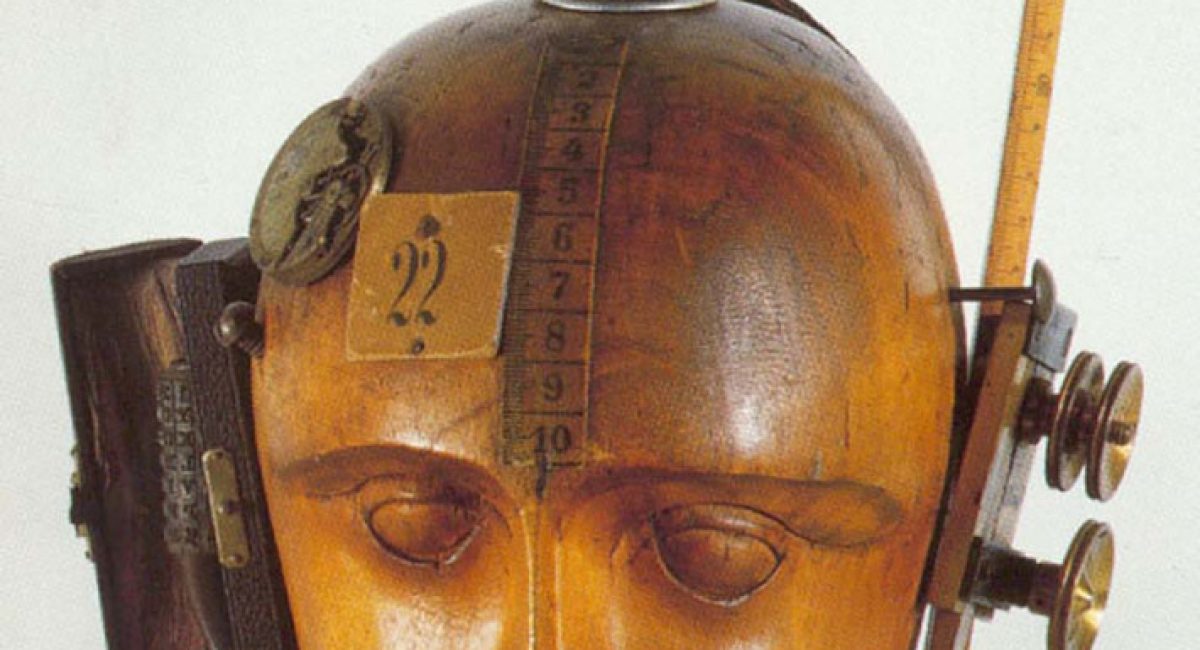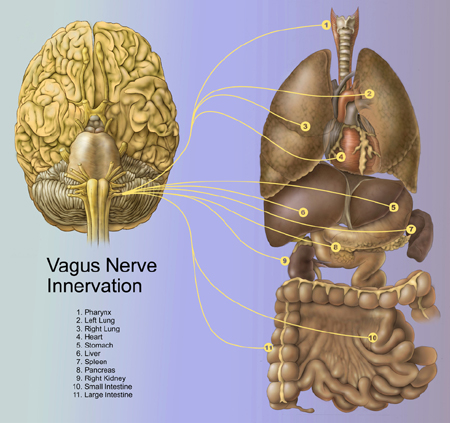Author: D/2017/Wens Chris Alfons Ria Coordinator: Smeets Hubert Scientific coordinator: De Cock Johan † Coordinator FICO: Quaghebeur Jörgen.
ABSTRACT
BACKGROUND: The autonomic nervous system (ANS) supplies every organ and tissue of the body. ANS imbalance is an underlying mechanism for a various of psycho-physiological disorders. The parameters below are acceptable for measure ANS activity.
OBJECTIVE: To investigate the potential effects of a set of cranial techniques on the ANS.
METHOD: The RILHOU Randomized Clinical Trial (RCT), Eudract/B-nr: B371201422023 is a sham controlled RCT (according to the ICH-GCP guidelines, subordinate to a Failure Modes and Effects analysis) investigate the direct and short-term (treatment) effects of a set of cranial techniques on: heart rate variability (HRV), skin conduction level (SCL), respiratory sinus arrhythmia (RSA), pre-ejection period (PEP) and blood pressure (BP). The methodology of the study was standardized and described in Common Documents, public accessible. BP was measured with Omron. HRV, SCL, RSA and PEP were obtained with the VU-AMS device 5fs. VU-DAMS v3.9 and Kubios v2.2 were used to analyse HRV. Data from different time periods were analyzed with the Wilcoxon Ranks Test (WRT) and ANCOVA (A).
“RESULTS: Forty healthy subjects (31.45 ± 6.47 years of age; 23.05 ± 2.81 BMI) showed no significant difference for age or BMI between men and women (Mann-Whitney U Test: p > .05), and were divided into an experimental- and sham group. Only the experimental group showed on short-term an increased (treatment) effect on HRV for: DFA α2 [K] (WRT: p .030, Sham: p .627; A: p < .001), LF/HF ratio FFT [V] (WRT: p .015; A: p .042), LF n.u. AR [K] (WRT: p .017; A: p .028) with a decrease on HF n.u. AR [K] (WRT: p .017; p .028) and HF ms2 FFT [V] (WRT: p .037; A: p .013). Both groups showed no direct or short-term (treatment) effects for: the other HRV parameters, SCL, RSA, PEP and BP (p < .05 was not found in both tests: WRT, A). “
DISCUSSION: The experimental- and sham group showed direct an increase for: vagal activity, sympathovagal balance and SCL. PEP and BP were increased in the experimental group, the opposite for the sham. The experimental group showed on short-term a decrease in vagal activity, the opposite for the sham. Both groups reduced PEP and BP, while the level of SCL increased. The used software (VU-DAMS, Kubios) and type of analysis (fast fourier transform or autoregression) gives different conclusions in terms of significance.
CONCLUSION: Short-term (treatment) effects have been shown in the experimental group on HRV with frequency domain and nonlinear analysis.
Keywords: Osteopathy, ICH-GCP, FMEA, HRV, VU-AMS.




